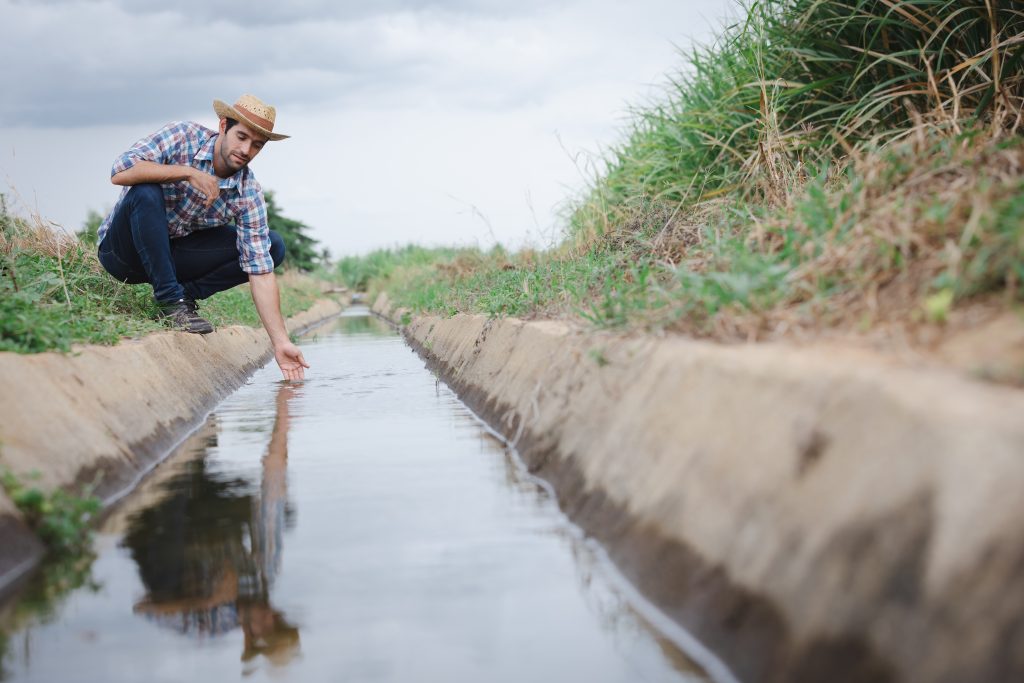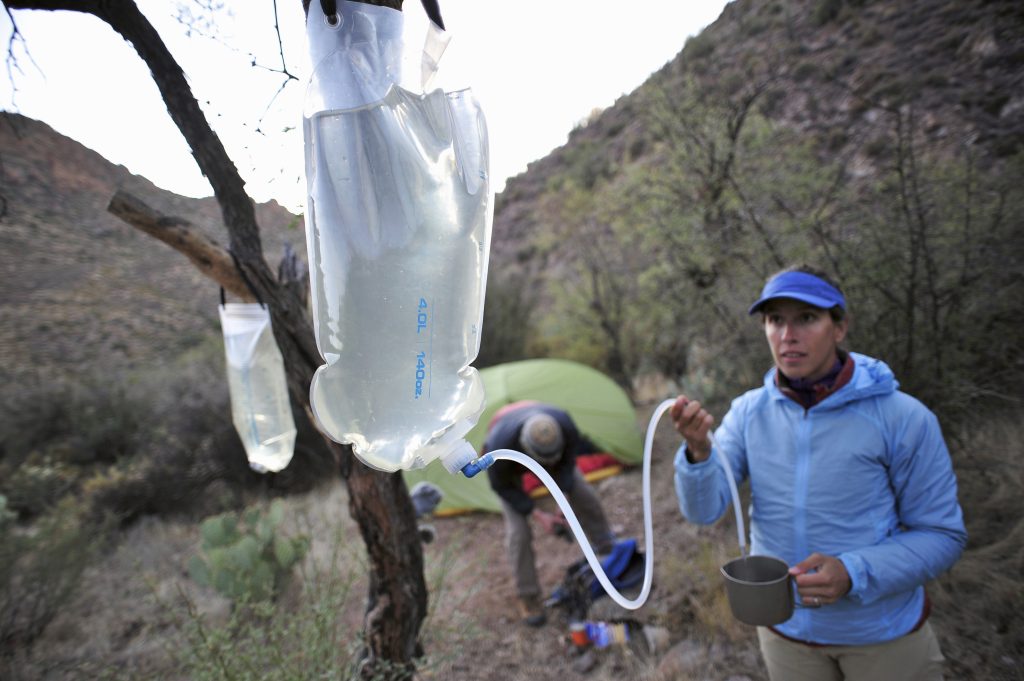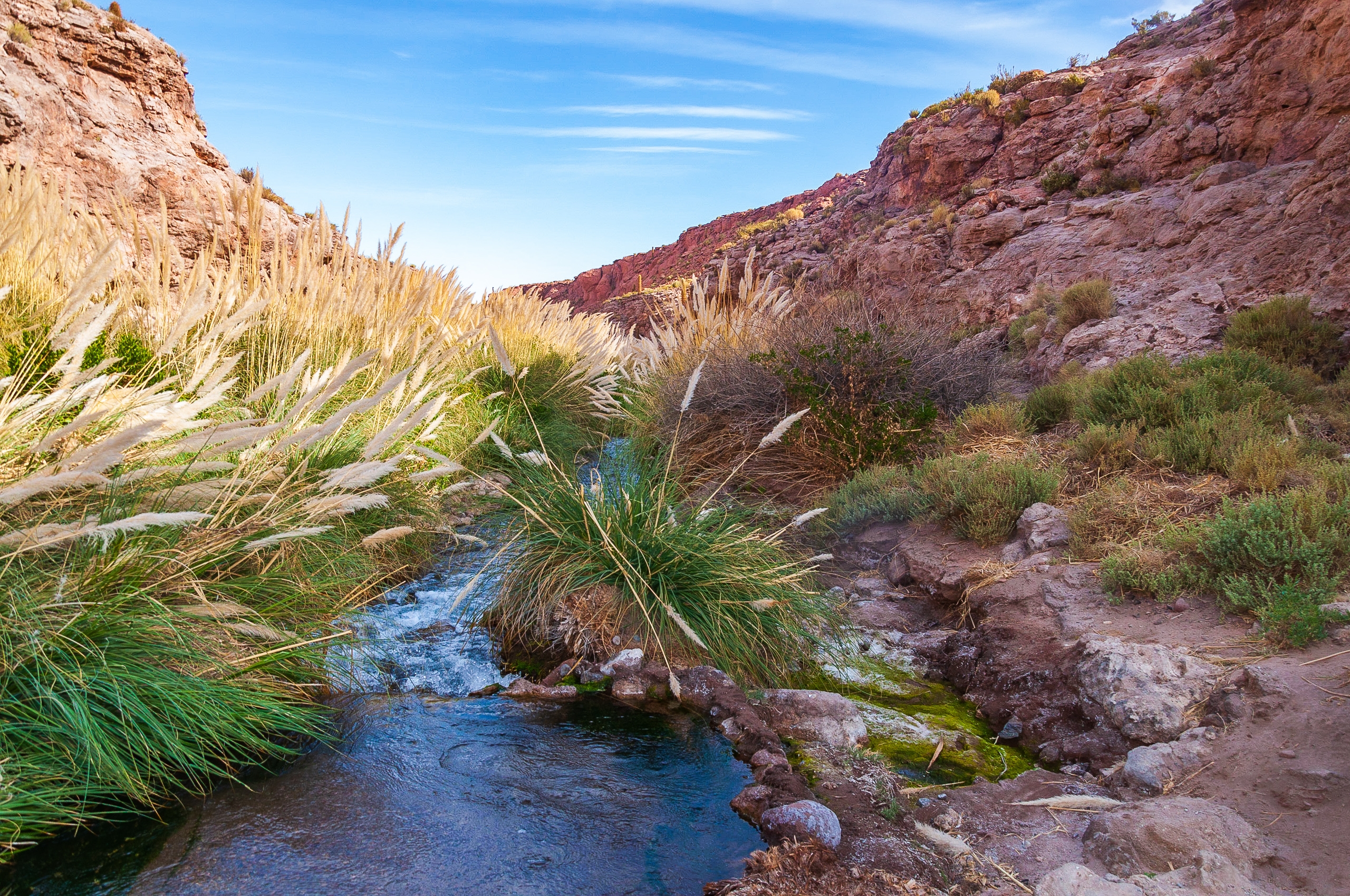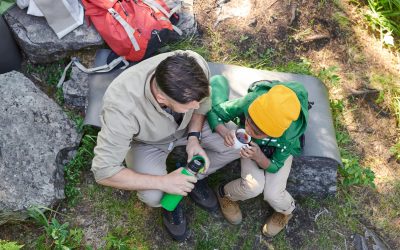Water is the lifeblood of survival, even more so in the harsh, arid wilderness of the desert. Understanding how to source and purify this precious resource is critical for any desert adventurer or inhabitant. This article will explore various traditional and modern techniques for finding and purifying water in the desert. These methods ensure survival and contribute to sustainable living in these challenging terrains.
A study published in the ACS Sustainable Chemistry & Engineering journal highlights the necessity and effectiveness of these techniques. So, stick around for a deep dive into these life-saving methods, whether you’re a veteran wilderness warrior, a budding survivalist, or simply drawn by the allure of the desert.

Traditional Techniques for Finding Water
Water exists in the seemingly desolate desert landscape for those who know where to look. Mastering traditional techniques for finding water is both an art and a crucial survival skill. At TheRealWildernessWarriors, we champion these ancestral methods, ensuring they remain alive and practical.
Digging for Water
Underground reservoirs are treasure troves in the desert, and they silently mark their presence if you can read the signs:
- Moist soil, areas with denser, greener vegetation, or the presence of certain insects can point you to potential water sources.
- To tap into these hidden wells, dig a deep, wide hole until moist soil is reached, and wait as water begins to seep in.
- Use available containers or create makeshift bowls from leaves or skins to collect the water.
Pro Tip: Remember, this water, although natural, should still be purified – a step we’ll cover in detail further on.
Dew Traps
Dew might be sparse, but in the desert, every drop counts:
- Overnight, the temperature drops cause moisture in the air to condense. Look for surfaces like stones that cool down faster than the air.
- Lay absorbent materials, such as cloth or even tufts of grass, on these surfaces overnight.
- In the early morning, wring out the accumulated moisture into a container. It’s a slow process, but dew collection can be a lifesaver during desperate times.
Utilizing Plant Moisture
The flora that survives in these arid conditions has adapted to store water. Here’s how you can access it:
- Succulent plants, such as cacti, contain fluid (be careful of spines and skin irritants). Cut open these plants to reach the moist flesh inside.
- Trees with deep root systems can also lead you to water. Digging at the base can often yield moisture.
Remember: Not all plants are safe to drink from. Some hold poisonous fluids that can do more harm than good.
TheRealWildernessWarriors resonates with the spirit of self-reliance embedded in these traditional practices. While these methods have guided ancient travelers and will continue to serve the modern wilderness warrior, always combine this knowledge with the correct purification techniques to quench thirst safely. Stay tuned, as we’ll soon delve into the essential science of desert water purification.
Modern Techniques for Water Sourcing
As we step into the age of technology, sourcing water in the desert has transitioned from ancient secrets to cutting-edge science. In our digital era, innovative methods like solar stills and Atmospheric Water Generators (AWGs) are revolutionizing hydration strategies in arid zones. Let’s dive into how these modern marvels work.
Solar Stills
The sun, often seen as a desolate desert’s nemesis, can also be a life-giving ally thanks to solar stills.
How Solar Stills Operate:
- Solar stills trap and convert evaporated moisture into drinkable water using the greenhouse effect.
- As the sun warms the ground and the air inside the still, moisture evaporates from the soil or plant material placed inside, condenses on the plastic cover, and trickles into a collection container.
Setting Up a Solar Still:
- Dig a bowl-shaped hole in the ground.
- Place a container at the bottom to collect water.
- Cover the hole with clear plastic, securing the edges with soil to seal it.
- Place a small stone on the plastic above the container to create an inverted cone from which condensation droplets fall.
Atmospheric Water Generators (AWGs)
These devices are like magic wells that pull water from the air.
Understanding AWGs:
- AWGs extract humidity from the atmosphere and condense it into water, even in arid climates.
- The device works by drawing air through a cooled coil, which causes water to condense and collect in a reservoir.
The Advantages of Solar-Powered AWGs:
- They can operate off-grid, which is crucial for remote desert locations where traditional water sources are non-existent.
- These devices leave a minimal carbon footprint, making them an eco-friendly hydration solution.
Both of these modern techniques offer a glimpse into a future where water scarcity could be a thing of the past. As they become more accessible, solar stills and AWGs are proving to be game-changers for desert dwellers and explorers alike, providing a lifeline in the driest places on Earth. Embracing these solutions equips us with the power to thrive in environments once deemed uninhabitable. Stay with us as we explore the science of making these technologies accessible to all, ensuring that the next time you face the desert’s relentless expanse, the well won’t run dry.

Techniques for Purifying Water
Even the most carefully sourced water needs purifying. In the vast, arid landscapes, purifying your find becomes as crucial as finding it in the first place. From age-old methods to innovative technology, here we discuss a range of water purification techniques suitable for desert adventurers.
Boiling
The time-tested, simplest way to kill most bacteria and parasites:
- Boil water vigorously for at least one minute; elevation above 2,000 meters (about 6,562 feet)? Make it three minutes.
- Strain through a clean cloth, if necessary, to remove debris.
Chemical Disinfection
Chemicals such as bleach, iodine, or purification tablets offer another effective option:
- Follow the instructions on the product packaging. Usually, it requires reaching a specific concentration and waiting for the chemical action to take place.
- Safety is crucial. Too little won’t work; too much, and the water becomes toxic.
Portable Filters
These handy devices are designed to remove harmful organisms:
- There are many types: pump style, squeeze, and gravity flow, each with varying levels of effectiveness against different contaminants.
- They’re compact lightweight, but remember to keep them clean and replace their components as recommended.
UV Light Purification
Harnessing the power of UV light to eliminate pathogens:
- UV light alters the DNA of harmful microorganisms, rendering them harmless.
- Battery- or solar-powered UV light purifiers are great portable options. Usually, it involves stirring a UV light source in the water for a prescribed time.
Finding water in the desert is only half the battle. Ensuring it’s safe to drink is vital. Each of the above techniques has its advantages and practical aspects to consider. Remember, multiple methods can be used in tandem for increased effectiveness, and always choose the best method based on the resources available. Armed with these techniques, you’ll be better prepared for your next desert adventure. Stay thirsty for knowledge, but never for water.
Knowing how to source and purify water is your lifeline in the relentless embrace of the desert. Ancient wisdom intertwines with innovative tech to guide you toward that precious sip of life. As you tread the sands, equipped with this knowledge, strike a balance—honor timeless survival arts and embrace the new age solutions. Sustain with every drop, thrive with every gulp, and let the desert’s heart beat with yours in the quest for water.





0 Comments